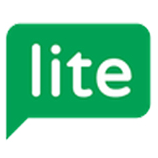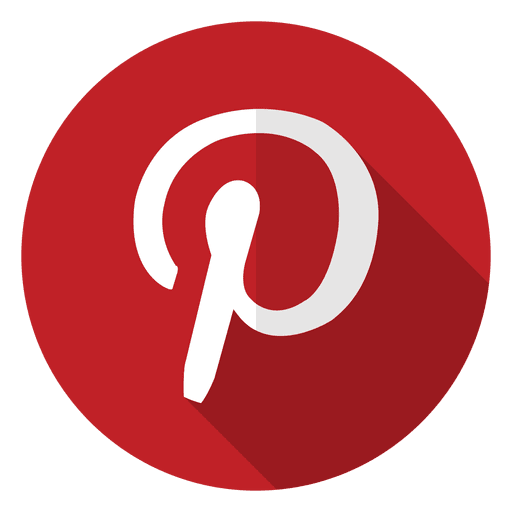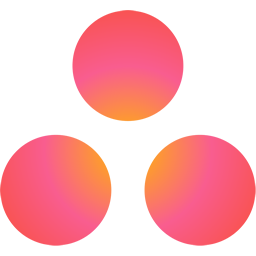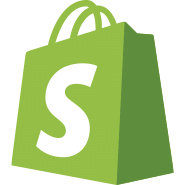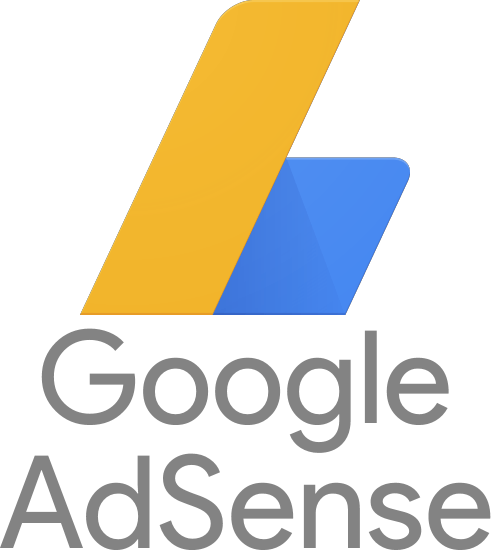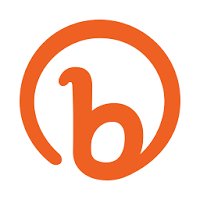Raising $15,000 for a Cross-Functional Pair of Shorts
Note: This business is no longer running. It was started in 2017 and ended in 2023. Reason for closure: Shut down.
Hi! Tell me about you and your business.
Hi, my name is Paul Dickey, I'm 23 years old, and I am the founder of Spuds, a men’s performance apparel company currently based out of the Monterey, California area.
We started our life out by first being funded through our Kickstarter campaign this past Summer 2017. Our vision as a company is to create performance apparel built for everywhere, not just at the gym or for running.
Whether you are going out to dinner, a family gathering, for a hike, a run, or even to the gym, our pieces of clothing combine performance fabrics, intelligent details, modern technologies, and a classic design. Men don’t really have the “yoga leggings for women”, a single article of clothing that can look good and perform well depending on how you dress them. We are aiming to change that.
Spuds is in the very early stages of formation, starting less than six months ago. I am the sole founder and still currently the only employee (looking to changing that soon!). I am currently focusing our efforts on our production/product development, as well as marketing efforts to start gaining momentum.
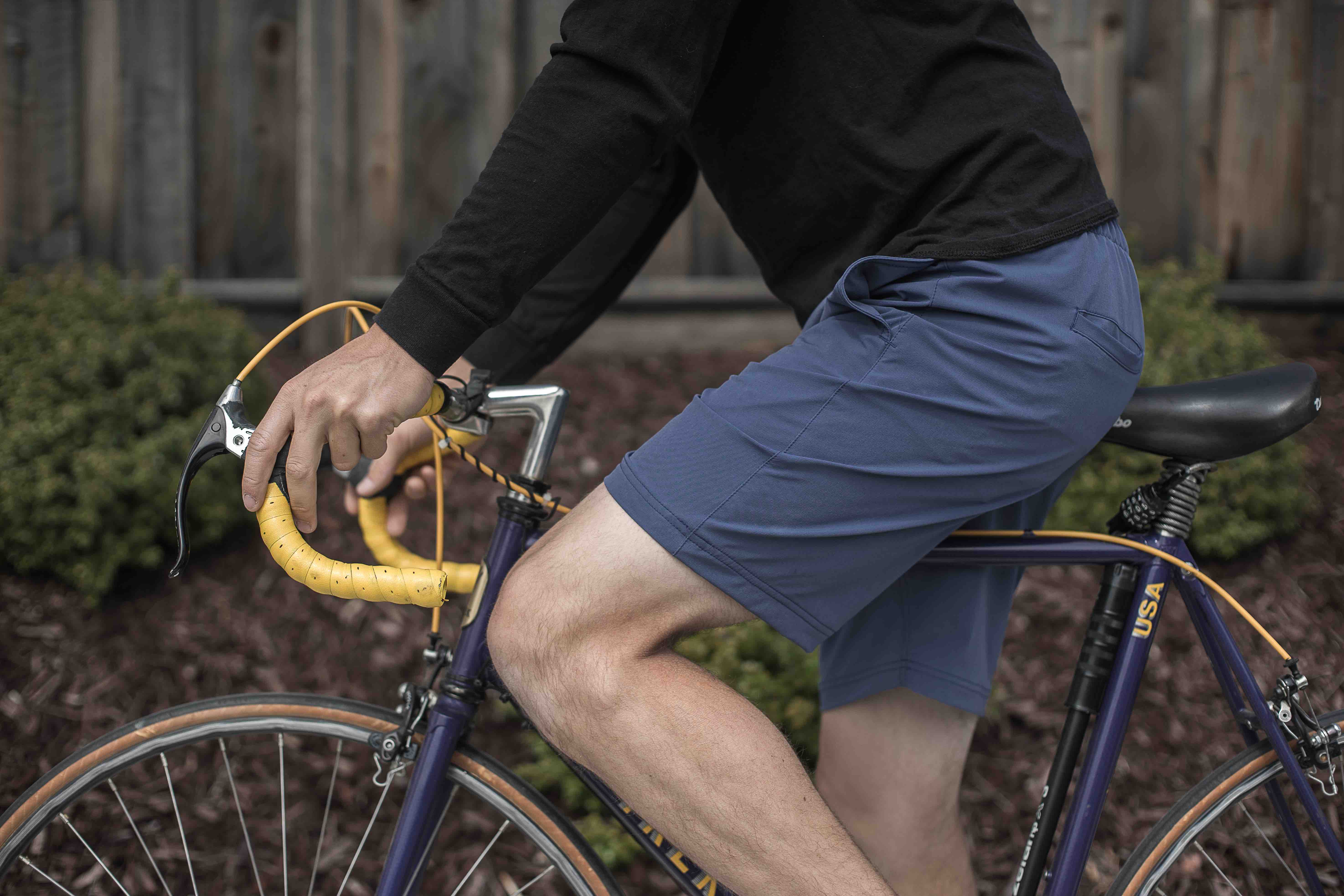
What's your backstory and how did you get to where you are today?
I feel like I have always had an entrepreneur sense to things. During my junior year of high school, I started a business to help provide protection and accessory products for sports facilities. We sold products such as those large tarps that are laid out over baseball fields when it rains, and even did padding and other products for football fields and running tracks. My family has always been in the field of the construction of these facilities and an opportunity came along to push me to start my own little business in this niche.
Throughout the end of high school and into college, I continued working on this company as a way to make money while focusing on my studies. I never really felt like it was something that I wanted to do forever, so I used it as a way to learn about the business world and to manage my own hours.
I have always had an interest in design and the psychological way people interact with brands. After college, I had initially planned to go into Product Design or Industrial Design because of my interests in how things are built (was always into Legos at an early age). This never panned out, though, as I could never get my artistic portfolio up to a standard that was acceptable in the industry. I loved the concept of design, but I couldn’t get myself to be passionate about the artistic side of it.
I honestly feel like you can find your passion even if you think you don’t have one. Look for what you like to do, even when you have nothing or get paid nothing for it. If you love making videos, but only have an old camcorder, keep doing it. Don’t focus on being perfect, focus on doing and improving.
My next plan was then to get into marketing. The goal was to get into an MBA program in the Silicon Valley area so I could be centrally located to some of my favorite companies. This was more in line with what I wanted to do in life because it allowed my creative juices to flow while not having to be too artistic. Marketing is more focused on data and statistics, (which I love) but still allows you to have some fun. I studied for months and finally took the GMAT test.
I missed the lower cut-off by 1 or 2 points. To me, this was frustrating. I spent months working on something and then missed it by almost nothing. Most people would just study again and take it until they got a good score, but I felt like I wasn’t being pushed to do this and everything in life at the time was pushing me back to my entrepreneurial roots.
At that point, I decided it was time to start working on a company. I realized I needed to apply my previous knowledge and passions into creating something without having to rely on others' approval.
Describe the process of creating Spuds and how it started.
Spuds went through way too many revisions to count. I guess one of the first things I would say about the entrepreneurial journey is that your first attempt will never really be the final result. The vision has been the same since the start: create something new in the men’s apparel industry that I would actually find useful and want to wear day in and day out.
There was no reason that something like a t-shirt couldn’t have the colors and fit to look good for the everyday, but be packed with technology and materials to allow you to run a marathon in, all without screaming ‘I just worked out!’
Back in January of 2017, I kept asking myself why big brands can charge so much for basic apparel that you can only wear while working out (in a socially acceptable manner). It intrigued me that I had to choose between high performing shorts and good looking everyday shorts, eventually ending up with a drawer of clothing I would never really wear.
In February of 2017, I took a trip up to San Francisco. While packing comfortable workout shorts to lounge in, and then some belt-loop styled chino shorts to wear around town, it hit me.
What is stopping performance apparel from being able to look like your favorite everyday shorts? Why can't shorts be comfortable and have the performance of athletic shorts? Nobody my age tucks in their shirt anymore, so having a belt can easily be replaced by elastic and a drawcord.
Every company has their idea of “athleisure”, but in my opinion, it always seems much too casual. These athletic apparel companies still seem to be fixated on loose fits with big logos and baggy materials, and everyday apparel companies are limited in what you can do with them. Those $100 sweats are still sweats, and you can’t wear those to a nice outing. I was determined to find the in-between.
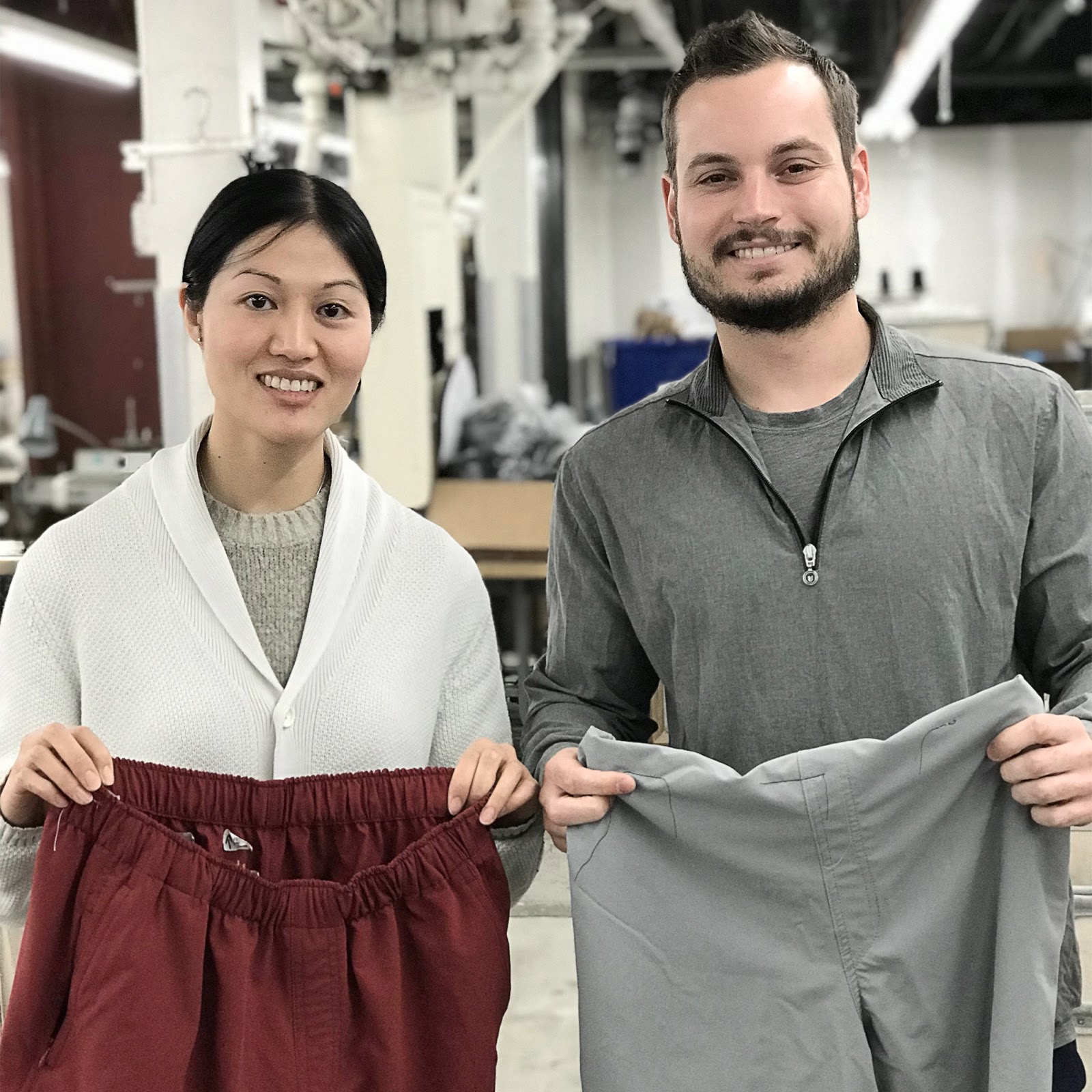
When I got back from my trip, I started getting down to work with research of the apparel industry as I have had no prior experience with it. If you knew me personally, then you know that I never leave a question unanswered. The internet has an answer to any question you may have - you just have to know how to ask it.
My original plan was to go to a Chinese manufacturer, tweak one of their designs, and have it mass produced. I feel like too many people and companies do this, though. They find a generic looking product, throw their logo on it, and try to sell it to the world for far too much while trying to push their branding to help try and justify their price.
After getting a few samples back from our potential overseas manufacturer, and being thoroughly disappointed and frustrated with it, I thought that it was time to do some research on potential suppliers and manufacturers in the USA. There are tons of resources online that allow you to find manufacturers and suppliers domestically. When doing research on other apparel companies and how they started, I found a manufacturer in San Francisco and set up a meeting to see what they were all about.
I was thoroughly impressed with their history and who they currently work with, and I loved the fact that I could actually meet with everyone that worked there. It gives a lot of pride and confidence knowing that individuals are being treated ethically - this was a huge plus for going local. I asked them a lot of questions and reached out to some of their clients and other people they work with.
This research is where I met our pattern designer. She has been amazing to work with, as she is able to take the fit and details I wanted for our first product while also helping out with valuable insight into the industry. I would call her a mentor at this point as she has gone out of the way to give tips and tricks for the manufacturing process and the industry as a whole. She has been invaluable in being able to teach and guide us throughout the production process.
One of the most valuable things about a mentor is that they are able to take their own experience throughout their years in the industry and compress it down for you, effectively helping you get the same experience in much less time.
Using this same practice of research and observation, and going through nearly a thousand different samples, we were able to reach out to an overseas supplier for our fabric. This fabric is unique in that the interior face that touches your skin is nice and soft while the exterior is durable for everything you put it through. This is the only international supplier we are currently working with, as we were able to source all of the other components of our short domestically.
What makes your first product (The Classic Short) unique?
We focus on five main things for our product development:
- Fit - Fit is by far one of the most difficult things to nail, because you can’t please everyone. Our first fit is pretty reasonable in that we didn’t get too tailored or too baggy. We will be continually taking customer feedback to improve our fit to get it as close to perfect as we can. Our goal is to utilize the stretch of our fabric while having a very tailored look, and we are happy with our first design and to refine it over time.
- Color - When it comes to color, we looked away from the athletic industry and more into the casual menswear side of things. Our goal is to stay within the more muted colors, and eventually adding the go-to such as a khaki or forest green. Staying within these colors allows all of our products to easily match with any other Spuds gear we release and anything else in your closet. No more highlighter colors or ridiculous patterns.
- Fabric - Our fabric is a unique double-sided fabric that allows for a soft feel against the skin, with good looks and durability against the elements. It is heavy enough to stay put but light enough to stay out of the way. We didn’t want to go with a canvas or a heavy cotton, and we felt like this was the perfect blend of looks and performance.
- Design - The overall design is inspired by your classic chino shorts that you’re used to seeing. Simple lines with strong stitches mean they look right at home wherever you are. We also incorporated a unique pocket we dub the Hip-Locked Media Pocket. We were tired of having our phone flopping around while running and falling out when working out. This pocket, located along your right hip, holds the largest phones and devices on the market and keeps your device feeling like it is out of the way and not even there. It is a media pocket you can actually use!
- Technology - We jam pack our fabric and products with every usable piece of tech that we can find. Since we design all Spuds gear to be worn all day every day, we have included a Water Repellent and Odor Resistant coating that helps to prevent stains and stink from forming, meaning you don’t have to wash them for weeks on end. Sweat-Wicking properties and a Tailored 360° Stretch means that our fabric keeps up with you no matter what you do, all without the need to being baggy or feeling too tight.
How did you come up with the name Spuds?
Our name doesn’t have any hidden meaning or comprehensive backstory behind it. We were just sitting down eating dinner, and the conversation came up about how many different things you can make out of potatoes. You have baked ones, fried ones, taters, mashed, I mean it’s just so versatile!
That’s when the light hit. That's what I was after - a single item of clothing that could be used anywhere. I did some trademark research and immediately started the process of capturing the name and pushing forward with it. I love it because it is something iconic where everyone knows the word, is fun to say, and super easy to remember!
Why did you use Kickstarter and how did you get your backers?
Kickstarter is an excellent platform for being able to start up a company. It allows you to create your Minimum Viable Product (MVP) and both test it with a centralized audience and to get funding without investing huge amounts into production and then finding the people to sell them to. We have been able to produce our first production of our Classic Shorts (and already start on our 2nd!) all while gaining the funds for it from people who believe in the concept of what we are doing, and already having them sold and ready to ship by the time we were producing.
We got all of our backers from multiple sources. We started off with creating a mailing list by utilizing social media to push people to sign up so they are notified when we go live and can get one of the best discounts in limited quantities. While pushing through Instagram prior to our Kickstarter launch we were able to snag a few influencers to help promote our product and idea, and we are planning on working with those influencers for the future.
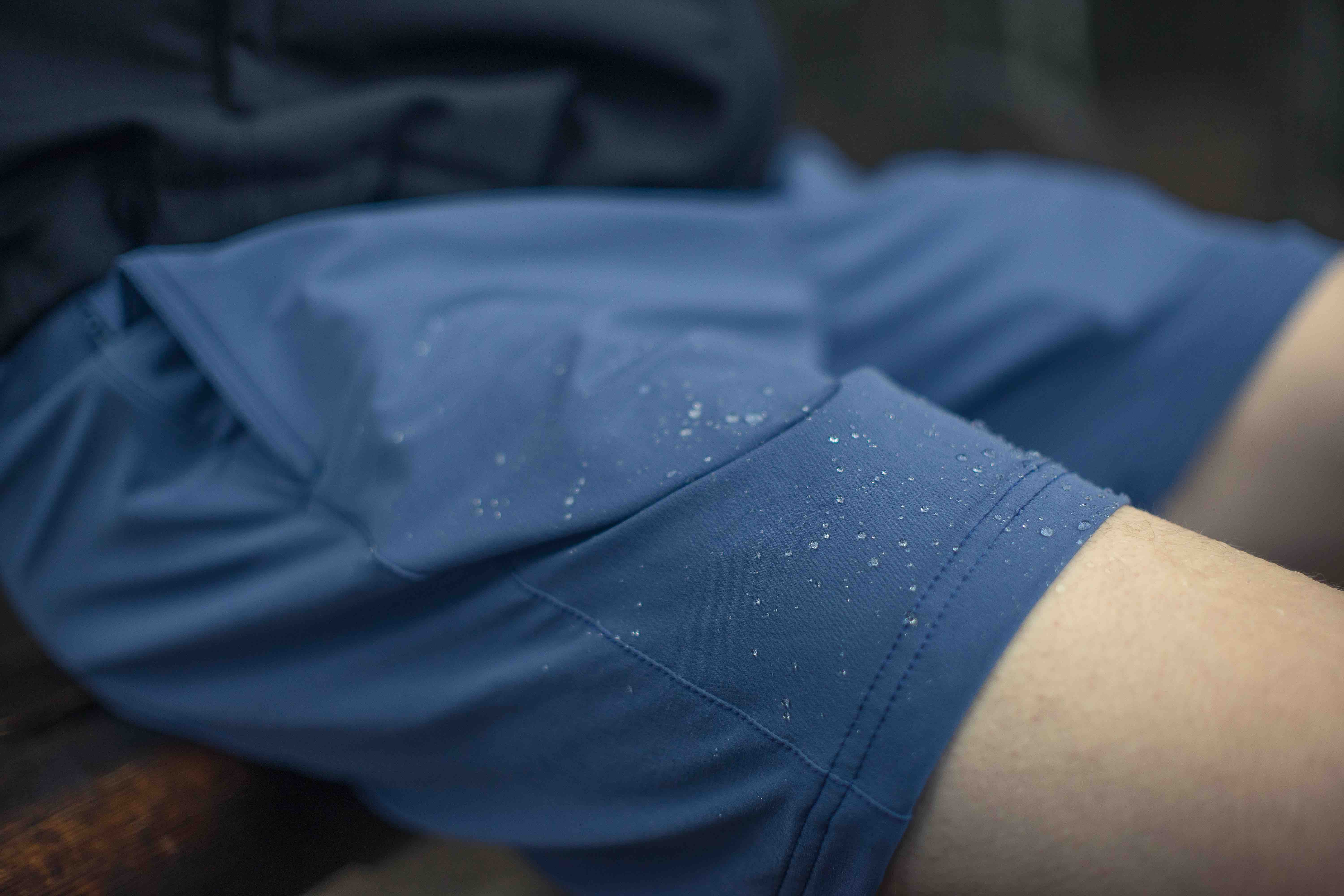
A lot of our backers then came naturally through Kickstarter. We were able to gain a lot of momentum in the first few days which caused our project to trend in our category, allowing more people to see it when they were just browsing around. We used this momentum to highlight our project on dedicated Kickstarter websites that showcased popular products and even reached out to media outlets with our press release to help increase our overall website trend ratings and the like.
In the end, we were able to fully fund our goal and go into production. We are super excited to get the feedback from our first backers, make improvements, and continue forward in helping to build our brand and product lineup. Our thank you for our first believers cannot be expressed enough, without them it would not have been possible to get things started.
If you could go back, would you do anything differently?
Since our inception, we have sourced all our suppliers and manufacturers, created our prototypes, ran a successful Kickstarter, and have gone into our first production. I think the biggest thing I would have changed is to more closely follow the mantra of “under promise and over deliver”. My biggest mistake was taking into account everything needed for production and any mistakes that may happen, but still being too early in our estimated delivery for our Kickstarter orders. Always plan for the worst, and possibly even double that estimate. I believe people would have been much happier if we would have estimated our delivery to be March 2018 and to exceed those expectations rather than the other way around.
How will you deal with competition?
In the apparel world, there are a few things that differentiate between companies. You will see a lot of companies that all have the same thing, like jeans. They differentiate themselves with fit, slight design tweaks, the “feel” of the product (marketing and branding), and price. This is one of the most saturated markets on the planet with high customer loyalty.
There’s always competition in every space. But there is still a disjoint in men’s wear that requires the consumer to have multiple different articles of clothing to accomplish their daily routine. When you take a look at the top apparel companies in the performance sector, they seem to constantly be pushing into that athleisure market but can never fully capture the look and feel of something you could wear every day. So they end up having multiple different shorts. Then when you look at men’s apparel companies that are not in the performance sector, they are trying to add new fabrics with stretch via synthetic threads, but you’d never really want to wear your cargo shorts or jeans when going for a run.
I believe this is where we can differentiate ourselves. My goal is to be able to wake up in the morning, grab a pair of Spuds pants or shorts, and a shirt. I would be able to travel anywhere, run a marathon, and still go out at night with friends, all while looking good and being comfortable. Instead of taking the approach of using the same materials and look of others, we are focused on creating something that is simply better and fresh.
The other way I believe we can differentiate ourselves from the competition is to focus on customer service as our highest priority. No matter how much we grow I want it to feel like we are a friendly neighborhood shop that is there to help and to provide content to help you succeed.
What are your plans for the future and how do you see the industry changing in the next few years?
We are currently focusing on our first product, our Classic Short. Our goal of 2018 is to focus on getting this product to be known as the only short you need. One that you can grab and do everything you want with. It makes things more efficient to pack for trips and keeps things more simplified. We are already starting to develop our next product that goes by the same philosophy of having a tailored fit matched with performance fabrics, a classic design, and to be jam-packed with technology. I am looking forward to the next few years when we will have a full range of products. Walking into my closet and choosing a random outfit of Spuds stuff that all works together no matter what I am doing that day is the dream.
I also want us to move away from being just a product-oriented company. We will be introducing our campaign of focusing on our idea of “sweat”. To us, it is the effort you put in that helps to improve the mental and physical well-being of yourself and the community around you. Whether you are training to be an olympian, own your own coffee shop that gives back to the community, or use long hikes to help with your mental health, we want to showcase these people in whatever they do and to help others find their sweat as well. We believe this falls perfectly in line with the philosophy of our apparel, able to do anything and go anywhere.
In terms of the apparel industry, I do believe that retail as we currently know it is dead. Having large amounts of inventory at many locations all over the world seems like a logistical nightmare and with how efficient shipping companies are today you can keep all of your product in only a few locations to ship out. Bonobos, a menswear company, does just this. They have some shops around the US that have limited inventory to allow you to try on items, but then you get it shipped to you the next day. I believe that for apparel this is the future blueprint for specialized companies.
What platform/tools do you use for your business?
- Shopify for our ecommerce platform.
- Mailerlite for email marketing.
- Asana for project organization.
- Astro for awesome email management.
- Google Apps for all of our file and document management.
Advice for other entrepreneurs who want to get started or are just starting out?
The biggest things I believe that causes potential entrepreneurs to quit or be discouraged when starting is impatience and a focus on perfection.
The fact of the matter is that you are not going to sell a million items of whatever you have in the first week. There is no such thing as an overnight success. All of your favorite entrepreneurs’ success stories come from years and years of patience and a focus on improvement, not perfection. It is good to set unrealistic expectations for the road ahead because even if you don’t hit them you are further along than if you made easy to obtain goals, but you have to stay true with yourself in knowing that you are still improving.
To fight the feeling of impatience, I feel like it is important to focus on the end goal and what value you are bringing, rather than numbers and figures. If you are a Youtube vlogger that is focused on subscriptions and are getting frustrated by not growing fast enough it is better to focus on the content, what you want to provide to your viewers. It is all about momentum, and if you keep focusing on this value you want to provide you will see results. Remember, Coca-Cola only sold a few gallons of syrup their first year. If they quit then, there wouldn’t be any now.
As for perfection, I believe in having an MVP (Minimum Viable Product). This is creating a product that showcases your concept. It will not be perfect, but it is good enough where people can support it and give their feedback so you can improve it. If you focus on releasing the perfect product to the world, you will never release anything. If instead, you release a product that is good enough for the price, then continue to make improvements every day and for every revision, you will eventually exceed people’s expectations and have a successful product. As Reid Hoffman, the founder of Linkedin, once said: “If you are not embarrassed by the first version of your product, you’ve launched too late”.
What are the most influential books you've read for your business?
- 12 Week Year by Brian Moran: An absolute necessity for me. The best way I have found to keep on track with goals and get things done.
- Delivering Happiness by Tony Hsieh: A great story about company culture. Has inspired me on ways to incorporate it into Spuds.
Where can we go to learn more?
Check out our website at wearspuds.com. You can also find us on social media at:
- Facebook: Spuds Apparel
- Instagram: @wearspuds
- Twitter: @wearspuds

Download the report and join our email newsletter packed with business ideas and money-making opportunities, backed by real-life case studies.

Download the report and join our email newsletter packed with business ideas and money-making opportunities, backed by real-life case studies.

Download the report and join our email newsletter packed with business ideas and money-making opportunities, backed by real-life case studies.

Download the report and join our email newsletter packed with business ideas and money-making opportunities, backed by real-life case studies.

Download the report and join our email newsletter packed with business ideas and money-making opportunities, backed by real-life case studies.

Download the report and join our email newsletter packed with business ideas and money-making opportunities, backed by real-life case studies.

Download the report and join our email newsletter packed with business ideas and money-making opportunities, backed by real-life case studies.

Download the report and join our email newsletter packed with business ideas and money-making opportunities, backed by real-life case studies.

